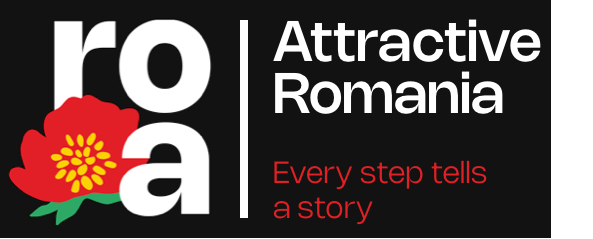The Cartianu Kula
Visit the Cartianu kula, a symbol of the late 18th century, the largest fortified residence in Gorj. It is considered one of the most valuable architectural pieces of the National Cultural Heritage and welcomes your curiosity.
As times have changed, so too has the Cartianu kula softened its character of defense and surveillance over time and transformed into a residential house. The shooting holes have been filled, the windows widened, and new door openings made. When you visit it today, you can rather admire the boyar house attire of the Cartianu family. You can imagine the "good times" of the Cartianu heirs, with high positions or artistic aspirations, receiving famous visitors and hosting grand gatherings, full of abundance.
Expropriated by the communists from the rightful owners, the Cartianu kula was only recovered after the end of the communist period and was restored as a house-museum starting in 1999. Today it belongs to the "Alexandru Ștefulescu" Gorj County Museum and represents a very valuable heritage element, complemented by an extensive collection of very old garments, especially locally specific shirts with embroidery, authentic Gorj costumes, traditional objects, paintings, photos, and carpets from the region.
Right from the entrance, the Cartianu Kula greets you with a unique "business card," actually an album with authentic embroideries from various areas of Gorj, compiled in 1993 by Elisabeta Buzerea - a teacher from Târgu Jiu - and donated to the museum as a testament to the beauty of Gorj traditions.
What you can uniquely observe at the Cartianu kula are the Albanian-style verandas. A solid, solitary, and unique construction that speaks of other times and brings you closer to them. A mix of the history of the house's boyars and local tradition.
Architectural Features
With a picturesque aspect, given by the wooden stairs and the surrounding verandas, the kula is located near the Cărtior stream valley, not far from the Jiu Valley. It was built by Ceaușu Cartianu at the end of the 18th century and initially had the configuration of a fortified kula. Over time, it underwent several modifications, eventually transforming into a house-type construction, as it presents itself today.
Story of the place
The Cartianu family has an interesting history, intertwined with the history of the house. They were involved in historical times of revolt, making their home available for those secret meetings between Tudor Vladimirescu, pandurs, and supporters of the 1821 revolution.
Due to the connections they had among influential people of the time, important persons crossed their threshold, such as King Carol II, the liberal Prime Minister Gheorghe Tătărăscu, and the writer Barbu Ștefănescu-Delavrancea.
Every summer, the house was filled with relatives and friends warmly received. Even Maria Lătărețu, also known as the "nightingale of Gorj," was a distinguished guest at the Cartianu House parties.
Unique Experiences
Once you've arrived in this wonderful area, you must visit:
- The Church „Sf. Apostoli” in Cartiu village, Turcinești commune. Here, in 1817, Pătru Cartianu founded the village church with the dedication to "Saints Apostles Peter and Paul." The church preserves in the narthex the original fresco from 1817 with the portraits of the founders.
- The wooden church „Adormirea Maicii Domnului”, Horezu village, Turcinești commune.
- The wooden church in Horezu, Turcinești commune. Built in 1814, the church has a nave shape, with a bell tower above the narthex and a unhooked apse of the chancel, polygonal, with five sides.
The Museum of Popular Architecture in Gorj, Curtișoara village. Inaugurated in 1975, the museum has continuously enriched its heritage collection, constituting an important support for those interested in the village world in general and the Gorj folk culture in particular.
3D Animation
Virtual tour
Contact
Facilities
Wi-Fi
Yes
Tickets
Adult: 10 lei/person | Pupils, students: - 5 lei/person
Access and entry
Access is ticket-based
Access facilities for disabled people
No
Sanitary group in the location or proximity
Yes
Parking
In proximity
Restaurant or cafe on the premises
No
Status
Visitable
Landmark access
Bicycle, Walking, By car
Payment methods
Cash
The custodians reserve the right to modify the visiting conditions of the attractions.
Schedule
Monday
Closed
Tuesday
09:00-17:00
Wednesday
09:00-17:00
Thursday
09:00-17:00
Friday
09:00-17:00
Saturday
09:00-17:00
Sunday
09:00-17:00
Reviews











 Continue with Google
Continue with Google
